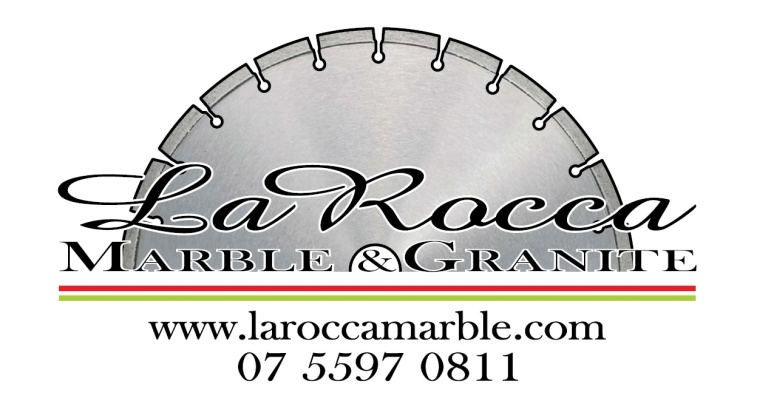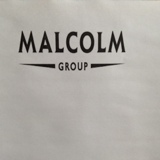Information
-
Document No.
-
Audit Title
-
Client / Site
-
Conducted on
-
Prepared by
-
Add signature
-
Location
-
Personnel
-
Add signature
Introduction
Signage
-
Warning/Safety signs in place and in good order
-
Warning/Safety signs clearly visible
-
Exits clearly marked
First Aid
-
Contents of first aid kit clean and orderly
-
Contents adequate for the workplace
-
Contents not past expiry date
-
First aid kits clearly labeled
-
Employees aware of the location for first aid treatment
-
Employees aware of the location for first aid treatment
-
Employees know who the first aid officer is
-
A trained first aid officer is on the premises at all times
-
Emergency phone numbers displayed
Training and Qualifications
-
WHS Induction training provided to all staff
-
Staff training records kept – including certificates and licenses
Walkways/ floors/ work areas
-
Clear of obstructions
-
Clear of rubbish and spills
-
No sharp edges on work benches
-
Non-slip floor coverings
-
Floor surfaces even & in good condition
-
No electrical leads or other trip hazards crossing walkways
-
Stairs in good repair
Storage Areas
-
Traffic areas clear
-
Floors around racks, shelves etc clear of rubbish
-
Adequate and convenient racks, shelves
-
Racks, shelves etc kept in good condition
-
Safe and stable stacking of materials
-
Commonly used and heavy items stored between mid thigh and shoulder height
-
Safe access to high storage areas/shelves available such as a step ladder or safety step.
Office Environment and Ergonomics
Office Environment
-
Computer screens positioned to reduce glare from windows and lighting
-
Sufficient space to conduct office work
-
Appropriate adjustable furniture and equipment is available
-
Staff know how to adjust furniture
-
Office based staff take regular breaks from computers
Ergonomics/ Manual handling
-
Mechanical lifting aids available and used where necessary
-
Workers trained in correct manual handling practices (including lifting)
-
Are there any work practices which appear to be too strenuous for the employee? (specify)
-
Work height adjustable to suit size of worker
-
Controls are well designed and properly positioned
-
Chairs well designed and adjustable
-
Sufficient leg room available
-
Adequate work space available
-
Working in a fixed position is avoided
-
Repetitive movements avoided
-
Awkward and constrained postures are avoided
-
Manual tasks involving heavy loads is avoided
General lighting
-
Adequate level of illumination for tasks
-
No direct or reflected glare
-
Light fittings clean and in good condition
Ventilation
-
Suitable ventilation supplied where required
-
Air conditioning system inspected, tested and maintained regularly
-
Local exhaust ventilation provided where required
Amenities
-
Adequate lunch facilities provided
-
Adequate number of toilets available and accessible
-
Showers and washing facilities provided where necessary
-
Bins located at suitable points
-
Bins emptied regularly
-
Lunchroom areas hygienic and clean
-
Toilet facilities are clean and serviceable
-
Adequate clean, cool drinking water available
Hazardous Substances, Dangerous Goods and Fire
Hazardous Substances & Dangerous Goods
-
A Material Safety Data Sheet (with an issue date less than 5 years old) is provided for all substances, and located where the chemicals are stored
-
Risk assessments complete for all hazardous substances
-
All containers labeled correctly
-
Special storage conditions followed where necessary:<br>• All containers have lids secured & correctly stored i.e. bundled<br>• Flammable substances are stored in flame proof cabinet<br>• Appropriate ventilation for use and storage
-
Containers in good condition (free from rust/dents etc)
-
Workers trained in the use of hazardous substances
-
PPE provided (where necessary) and maintained
-
Is there an appropriate decanting system in place for hazardous substances
-
Are spill cleanup provisions in place
-
Procedures exist for the safe clean-up of spilt chemicals
Fire & Emergency
-
Suitable fire extinguishers available for all potential sources of fire (e.g. electrical, flammable substances)
-
All extinguishers and hose reels properly sign-posted and easily accessible
-
Fire exits clearly marked
-
Exit doors easily opened
-
Exits clear of obstructions
-
Fire alarm system functioning correctly, tested regularly
-
All employees advised of emergency procedures
-
Fire and emergency instructions (emergency plan) documented and clearly displayed
-
Evacuation procedures practiced regularly (at least yearly)
-
Emergency personnel appointed
-
Names of all emergency personnel displayed
-
Contact details of emergency personnel and emergency services clearly displayed near telephones
-
Fire extinguishers and fire hose reels serviced and tagged 6 monthly
-
Emergency lighting operable and tested regularly
Plant, Equipment and Machinery
-
Risk assessments completed on all plant and equipment
-
Adequate guarding, serviceable condition
-
Staff only operate equipment with all guards in place
-
Controls for machines clearly labeled.
-
Lockout/Tagout procedures followed for maintenance & repair
-
Operators adequately trained in use of machine/equipment
-
Warning lights and reversing beepers operating
-
Operator holds appropriate certificate/licence
-
Do trainee operators maintain a logbook
-
Are trainee operators supervised at all times
-
Are tyres checked for wear or damage
-
All hand tools properly stored when not in use
-
All tools in a serviceable condition
-
Tasks performed as per safety instructions
-
The correct tools are being used for the tasks
-
Portable power tools are in good condition
-
Are correct power boards used (no piggyback plugs or double adaptors used in manufacturing areas
-
All leads off the ground
Electrical
-
All specified equipment (including leads, power boards etc) tested and tagged at correct intervals?
-
What is date of next test?
-
No broken plugs, sockets or switches
-
No frayed or damaged leads
-
Faulty equipment removed from workplace
-
Residual Current Devices installed
-
Residual Current Devices tested at correct intervals?
-
Date of next test?
-
Are correct power boards used (no piggyback plugs or double adaptors used in manufacturing areas
-
All leads off the ground
Ladders, Fixed Platforms, Gas, PPE and Other
Ladders and Fixed Platforms
-
Portable ladders maintained in good order
-
Only ladders marked “Industrial” are in use.
-
Ladders are stored appropriately when not in use
-
Made of non-conductive material if used for electrical work
-
Fixed platforms over 2.0m fitted with guardrails, midrails and toe boards
-
Stairs in good condition, non-slip, handrails
-
Handrails in good condition (not broken or splintered)
Gas Bottles
-
Secured in upright position
-
Hoses in good condition
-
Portable gas bottles mounted on appropriate gas trolley
Personal Protective Equipment (PPE)
-
Correct and appropriate PPE supplied
-
PPE checked and maintained regularly
-
Workers trained in correct use of PPE
-
PPE used in correct manner
-
PPE worn by all workers when required
Other Considerations
-
Visitors and contractors sign in and out when visiting site
-
Supervisors lead by example by always following procedures and wearing PPE
-
Employees are adequately supervised
-
Noise – Are there any areas where it is difficult to have a conversation with a person 1 metre away?
-
Other Hazards identified during inspection (Record all other hazards you observed during the inspection)












